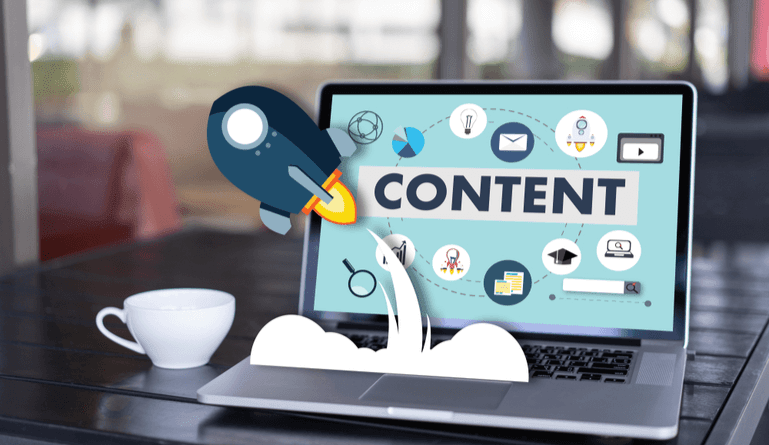B2B businesses have been able to successfully grow their reach and their business by using content marketing that can help walk customers through a long buyer’s cycle. It allows them to connect with customers in a way that allows audiences to know why they stand apart and what they have to offer. But there’s a lot of content out there and it can be difficult to get important eyes on it.
Content marketing is essential, but how do you break through the noise?
How Marketing Automation Improves B2B Content Marketing
Here’s how to use marketing automation to maximize your B2B content marketing.
1. Use the right data
Automation depends on data. It’s not just about automating processes, but also about communication with customers. That means clean data is essential. Having up to date email lists and other customer information is key to have a successful automation strategy that actually reaches and engages customers.
2. Target the right audience
Content marketing is really customer-centric marketing. You have to know your customer in order to communicate effectively with them. You need to know what drives them, what they’re looking for, the ways they like and dislike being contacted, what their problems are, and how they need to solve them. Many businesses believe that know their target market – CEOs or homeowners or another demographic – but without a real understanding of what the needs of those markets are, it’s impossible to create the kind of content that will lead them to turn to your business as a solution to their problems. Content marketing is about personalizing your outreach to customers in a way that makes sense for your particular audience and a deep understanding of your audience based on research and data is important to achieve that.
3. Use the right tools
Automation is more of a process and strategy than software but using the right tech tools can help. The right marketing automation tools for your business might depend on your goals, as some tools specialize in automating certain marketing functions, such as social media or email.
4. Use the right content
Content is, of course, the foundation of content marketing. Having a deep understanding of your content audience is one of the keys to creating the best content that will convert audiences from readers to customers but it’s also important to regularly assess the content you already have and identify its purpose, as well as see where content gaps are (and point you towards what content needs to be created next).
KoMarketing says, “When you begin building a marketing automation program, all the content you’ve published up to now needs to be evaluated for how it can fit into your new system. Every blog post, social media post, white paper, webinar, video, and an infographic needs to be reviewed for how it could be used to create this new automated content delivery system… places in the B2B buyer journey where there isn’t an appropriate piece of content, either for that phase of the journey or for a particular persona. You’ll also probably find several places where you’ve got content that kind of fits, but it needs to be reworked or updated. And finally…you may want to reformat some content … usually into a visual content format like videos, or possibly into an interactive content format like a quiz or an assessment.”
5. Learn from the right examples
Looking at how other organizations conduct their marketing automation efforts and B2B content marketing strategy can help guide your process. You certainly don’t want to rip-off or copy anyone’s style but it can help to see what engages you with other businesses. As a marketing or executive, you’re likely on an email list for some product or service. That means you’re part of someone’s target audience. What about their communications works for you? What do you find engaging and what’s annoying and off-putting? You don’t want to base an entire marketing strategy on your personal feeling and experiences, but you can glean a lot of knowledge from it.
You can also look to businesses that you know are leaders. HubSpot, for instance, is one of the leaders of B2B content marketing automation software, and they have become experts at content marketing. Their resources and content give their readers insight and resources whether they choose to purchase services from HubSpot – but their content also makes a case that HubSpot could be a good solution for some of their business challenges.
6. Learn the right lessons
Automation makes it that much easier to access data about what’s working and what’s not. You have real data about how long customers spend looking at content, what emails are being clicked-through, and what content is being shared on social. These metrics help you understand how to shape a successful strategy going forward.
If you want to make sure that your content is being used, being read, and relevant enough to cause action, you need to make sure your driving content engagement with marketing automation, as well as producing quality content for audiences whose needs you understand. Ensuring efficient and successful B2B content marketing automation isn’t always easy and times time, as well as trial and error, but it is worth it.





